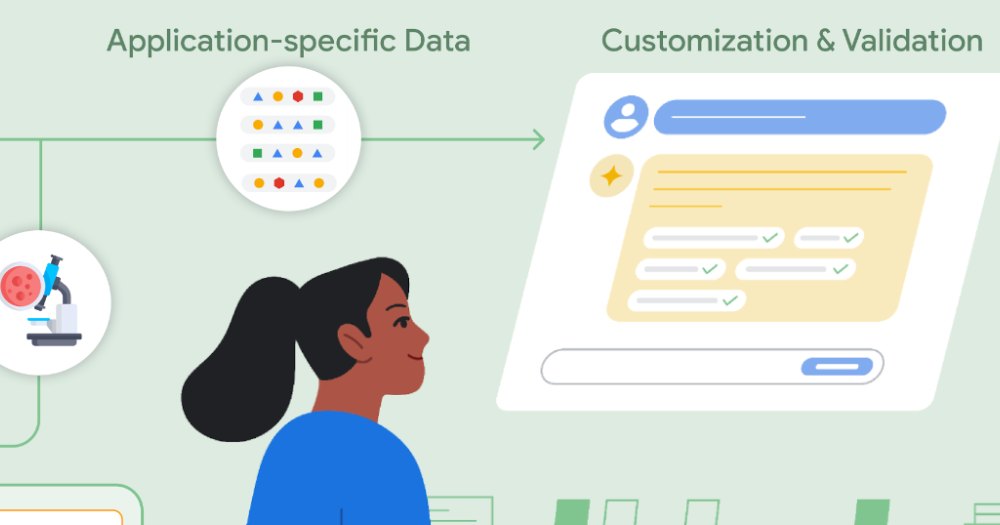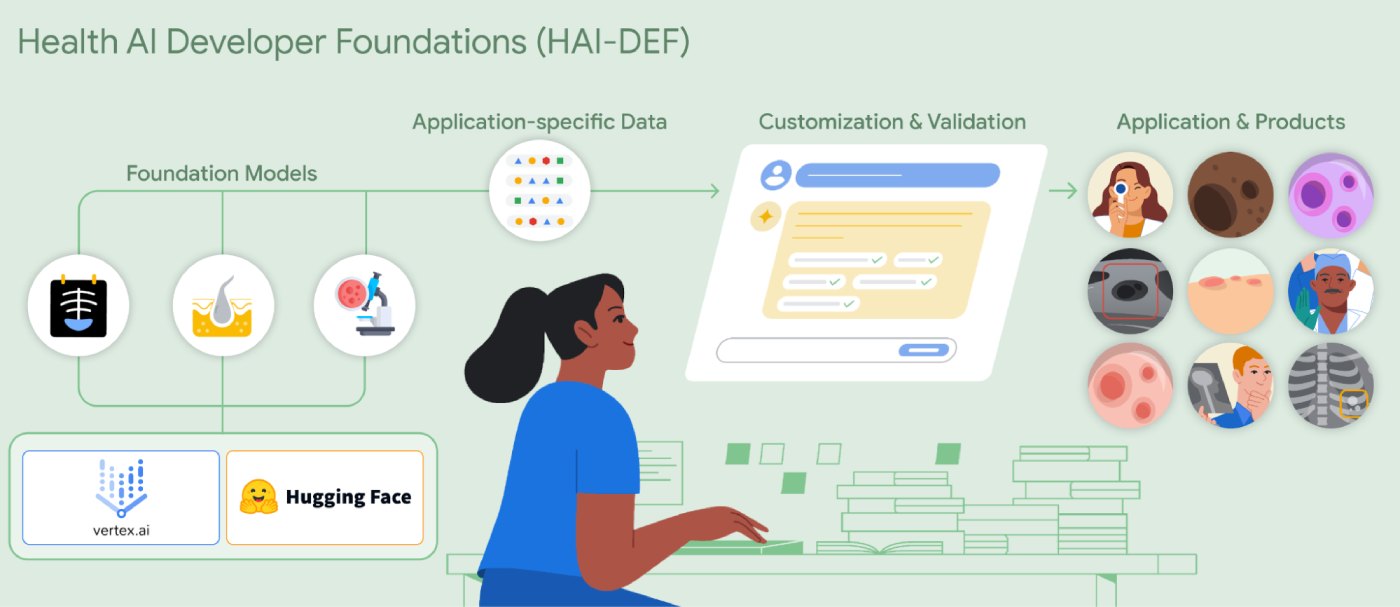Google launches open foundation models for health app developers

Google has recently launched Health AI Developer Foundations (HAI-DEF), a new initiative designed to empower developers in building AI applications for healthcare. By providing open-weight models, detailed instructional resources, and comprehensive documentation, HAI-DEF aims to lower the barriers to entry for creating impactful AI solutions.
The initial focus is on medical imaging in radiology, dermatology, and pathology — offering tools that streamline the development process from research to clinical application.
How does it work?
At its core, HAI-DEF provides three specialized embedding models:
- CXR Foundation: Built using EfficientNet-L2 architecture and trained on over 800,000 X-rays, it enables tasks such as image classification and semantic image search through a shared embedding space for text and images.
- Derm Foundation: Based on BiT ResNet-101x3 architecture, this model is pre-trained on diverse skin images, enabling efficient classification for conditions like melanoma or psoriasis while also assisting with image quality assessment.
- Path Foundation: Using ViT-S architecture, this model is optimized for pathology images, supporting tumor grading, tissue classification, and similar image searches within H&E-stained slide patches.
Each model leverages extensive, self-supervised training on de-identified, diverse datasets, ensuring high performance with minimal additional data and compute. Developers can download the models, fine-tune them for specific applications, and integrate them into workflows via platforms like Vertex AI Model Garden and Hugging Face.
Why does it matter?
The healthcare industry holds immense potential for AI-driven transformation, from enhancing diagnostic accuracy to broadening access to care. However, building AI solutions in this domain has historically been challenging due to the high requirements for data diversity, technical expertise, and computational resources.
HAI-DEF addresses these challenges by democratizing access to foundational tools, enabling developers to innovate without being constrained by institutional data policies.
In addition, this initiative lowers the barrier to entry for health AI innovation — enabling a diverse set of contributors to bring their ideas to life and drive clinical advancements.
The context
HAI-DEF builds on Google's commitment to health AI, complementing initiatives like the Medical AI Research Foundations repository (2023), which includes models for chest X-rays and pathology, and the Open Health Stack, which provides tools for health app development. It also aligns with the Population Dynamics Foundation Model (2024), designed for geospatial and public health modeling.
Feedback from the community played a pivotal role in shaping HAI-DEF. Researchers and institutions highlighted the need for accessible models to address data privacy concerns and to advance clinical workflows. By integrating these insights, HAI-DEF ensures its tools are practical, scalable, and aligned with real-world needs.
As HAI-DEF continues to grow, its mission remains clear: fostering an ecosystem where developers can create AI-driven solutions that transform healthcare and improve patient outcomes.
💡Did you know?
You can take your DHArab experience to the next level with our Premium Membership.👉 Click here to learn more
🛠️Featured tool
 Easy-Peasy
Easy-Peasy
An all-in-one AI tool offering the ability to build no-code AI Bots, create articles & social media posts, convert text into natural speech in 40+ languages, create and edit images, generate videos, and more.
👉 Click here to learn more



